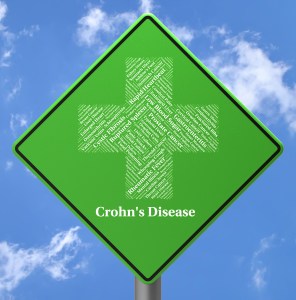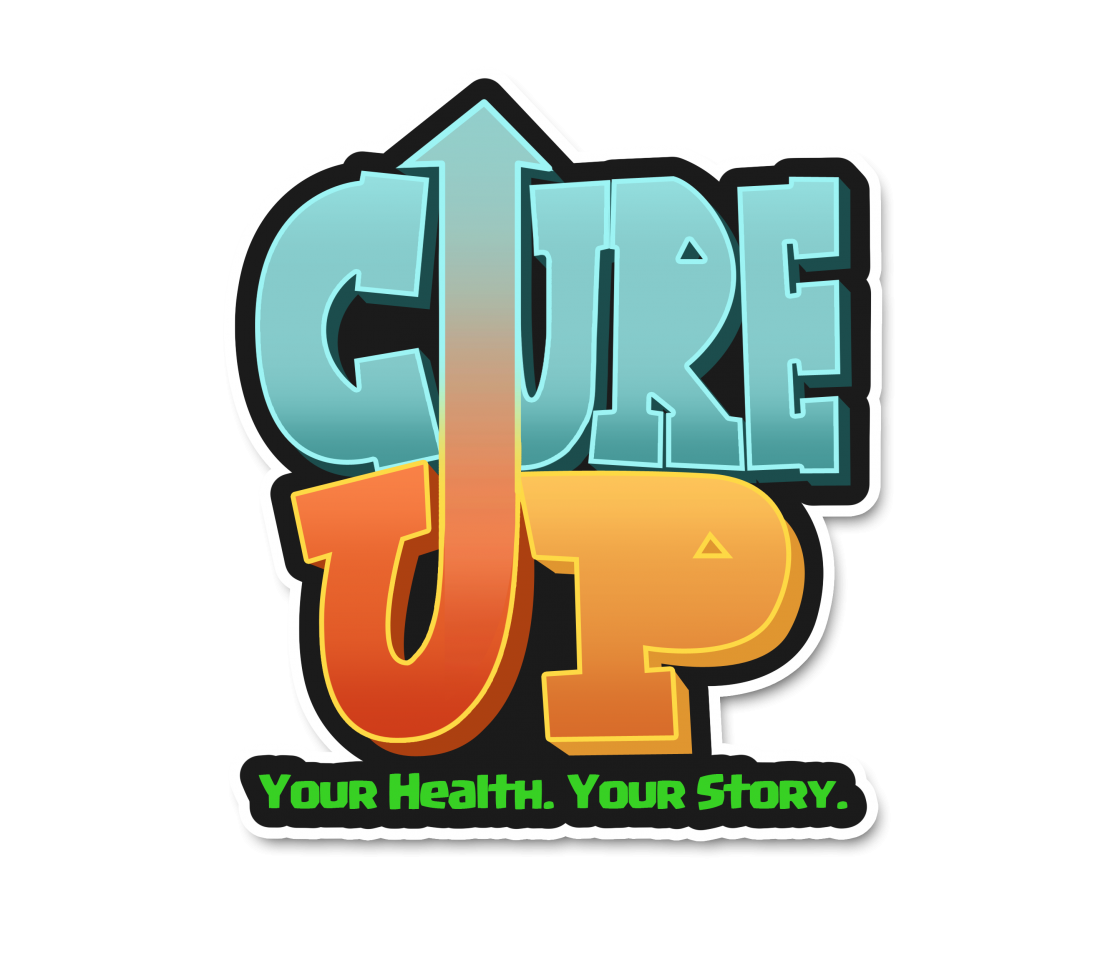Crohn’s disease remains a chronic progressive disparaging disease. A good number of adult and pediatric patients already have severe evidence of penetrating intestinal complications at diagnosis. To change the clinical course of Crohn’s disease, effective intervention before the onset of intestinal damage (stenosis, fistula, abscess) is required. Current molecular tools, like genetic and serological markers, do not allow the identification of subclinical intestinal inflammation with precision. At present, the only way to post early Chron’s disease is to use clinical, biological, radiological and endoscopic measures.

Immunopathological evidence supports the idea of early intervention in Crohn’s disease. The subgroup of randomized, large placebo-controlled studies suggests that tumor necrosis factor antagonists may be more efficient in patients with a disease duration of less than 1 or 2 years. Many side effects may occur in rheumatoid arthritis patients treated with tumor necrosis factor antagonists. A formal definition of early Crohn’s disease is the need for developing new therapeutic approaches for changing the clinical course of the disease.
Key points of the proposed definition of early Crohn’s disease
Adult or a pediatric patient has been identified with an established diagnosis of Crohn disease. Clinical and biological, endoscopic evidence of disease activity or positive fecal markers are the only way to post early Chron’s disease. There is no deterioration of gastrointestinal function (normal fecal continence, without oral or parenteral vitamin). No intestinal damage (stenosis, fistulae, abscesses). Disease duration is usually up to 2 years. Being naive to disease modifying agents. The patients must not have undergone an operation in connection with a disease or therapeutic endoscopic procedures.

Defining Early Crohn’s Disease
Crohn’s disease was defined by the researchers as a diagnosis within four years in patients who have not beforehand received antimetabolites, corticosteroids, or biological agents. This experiential definition does not take into account the intestinal damage or weakening of gastrointestinal function. The definition that is similar is the one of the American College of Rheumatology in early rheumatoid arthritis may better define early disease population.
Only patients with signs of clinical and biological disease activity shall be treated as having the early Crohn’s disease. The Crohn disease activity index (CDAI) remains a certified instrument to measure disease activity in clinical trials. In general, the effects of Crohn’s disease can seriously affect the physical and social functioning (disability) in children.

Crohn disease is a chronic disease with progression from inflammatory disease to complications of fistula and abscess. Therefore, evaluation of all the intestinal wall is necessary for Crohn disease, and a combination of both colonoscopy examinations of the colon, X-ray imaging of the small intestine will be required to show the presence of inflammation and lack of complications in patients with early Crohn disease. Clinical evidence indicates that through immunopathological, early intervention can demonstrate the efficacy of potential drugs modifiers of Hermitage in patients with Crohn’s disease.
Both immunopathological and clinical evidence shows that early intervention may be a precondition for establishing the effectiveness of drugs that are potentially disease-modifying in patients with Crohn disease.
SOURCE: https://www.healthline.com/health/crohns-disease/stages#risk-factors2









